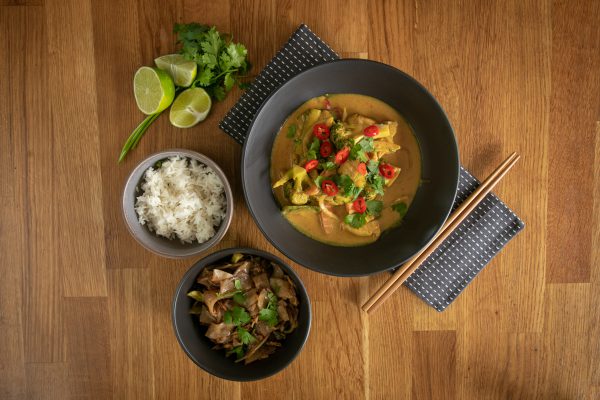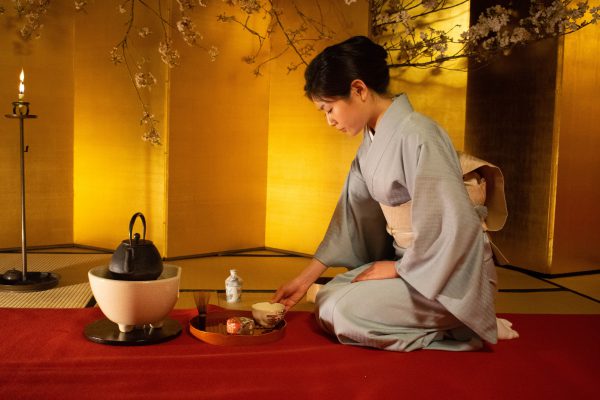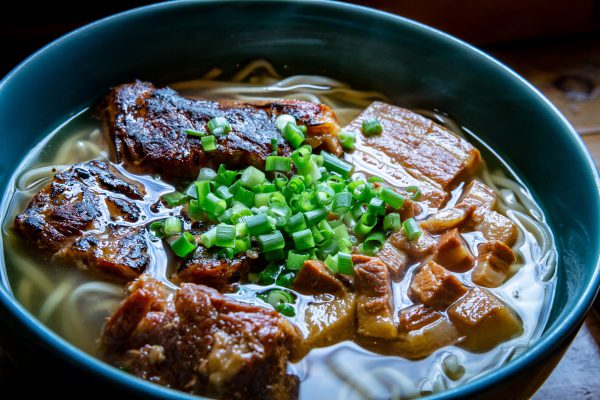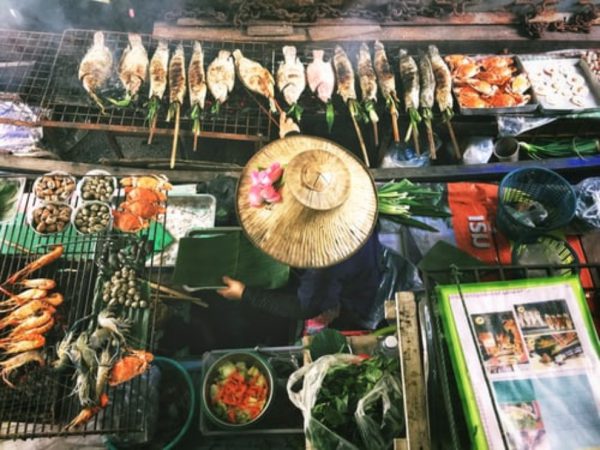Last Updated on March 16, 2023
Japanese cuisine is known for its delicate flavors, intricate presentation, and use of fresh, seasonal ingredients. However, for those who follow a vegetarian or vegan diet, navigating the traditional Japanese food scene might seem challenging, as many dishes contain meat or fish-based ingredients.
Well, we have great news for you! You don’t have to compromise your no-meat ethos to indulge in this exquisite culinary experience.
The vegetarian cooking classes you’ll find here are your passport to learning how to create authentic Japanese dishes without meat or fish-based ingredients.
Tips for Vegetarians in Japan
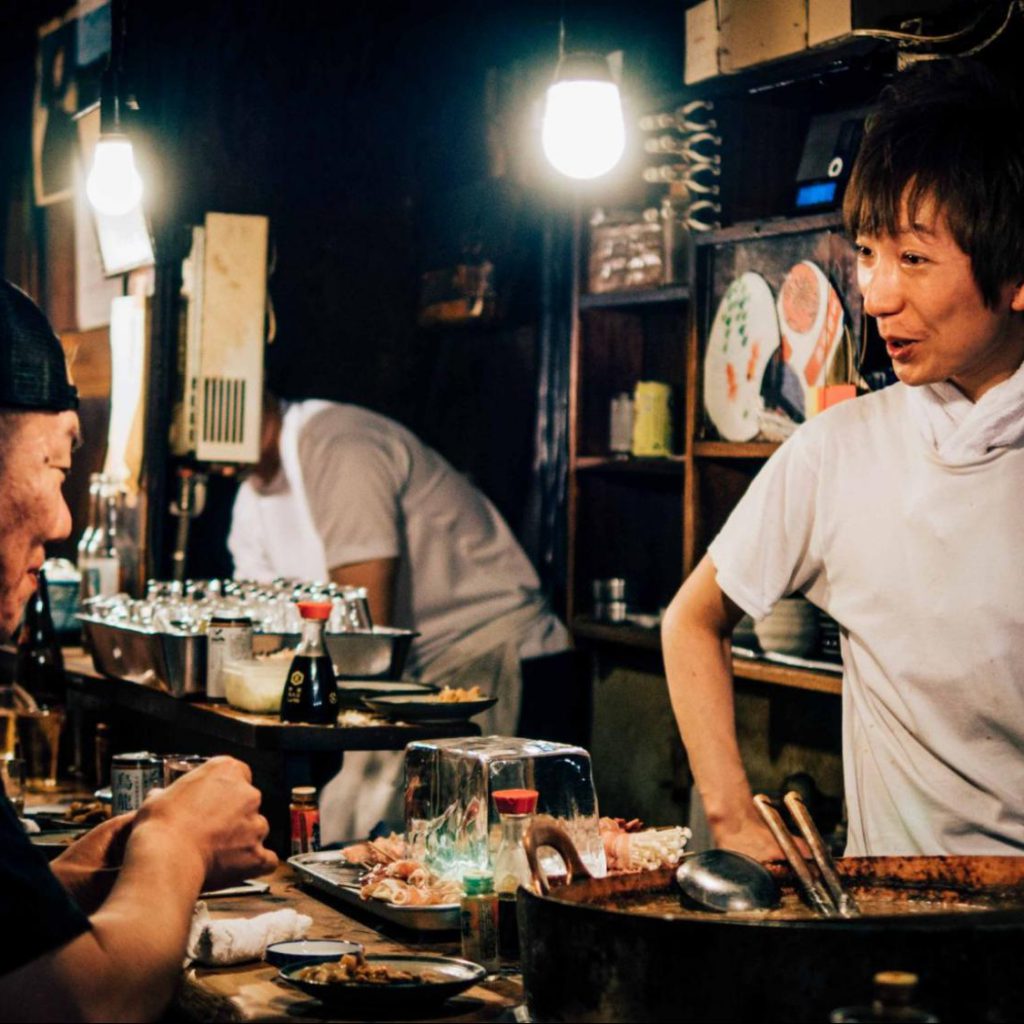
Even though Japanese cuisine offers an abundance of plant-based ingredients, you have to learn how to navigate the cuisine’s subtle use of animal-based ingredients.
Below are some tips that can help you work around the language barriers and meet your dietary needs.
Beware of Dashi and Fish Flakes
Navigating vegetarian and vegan options in non-vegetarian restaurants can be tricky, especially in Japan, where the concept of a plant-based diet is not widely understood. Even if you speak a little Japanese enough to say “Watashi wa bejitarian/bigan desu” (I am vegetarian/vegan), you might still get served shellfish or fish flakes.
In Japan, even when a dish appears to be meat-free, it may contain hidden ingredients, such as meat stock, dashi (fish stock), or bonito flakes (smoked and fermented skipjack tuna). Also, Japanese chefs often sprinkle their dishes with chiriko, chirimen, or jako, i.e., grated dried fish flakes used as a garnish.
If you’re ordering a vegetarian meal from a non-vegetarian restaurant, be sure to avoid broths, soups, and sauces, as these are often made with dashi. However, many restaurants are willing to prepare dashi-free versions of some dishes upon request, so it’s essential to communicate your dietary restrictions clearly.
Check Out Buddhist Cuisine
Shojin ryori, which we’ll talk about in detail below, is the traditional Buddhist cuisine that offers a selection of scrumptious, diverse, and complexly prepared vegetarian meals. It’s readily available at shukubo or temple lodgings. If you get a chance, be sure to book a stay and try it out. It’s a remarkable experience whether or not you’re a vegetarian.
Get the Happy Cow App
Fortunately, large cities like Tokyo, Kyoto, and Osaka are great places to find a variety of vegetarian and vegan spots, with a growing number of plant-based restaurants and cafes popping up in recent years.
If you’re a globetrotter seeking vegetarian or vegan cuisine, you’ll definitely want to check out Happy Cow. It’s an excellent resource for discovering veggie-friendly food options while traveling.
Print Cards
Just Hungry has printable cards with Japanese and English expressions for vegetarians and vegans traveling to Japan. These cards help communicate dietary restrictions to restaurant staff. Check them out on their website and print them beforehand if possible.
Join a Vegetarian Cooking Class
By communicating your dietary restrictions clearly and exploring the many vegetarian and vegan restaurants in larger cities, it’s still possible to enjoy a diverse and satisfying culinary experience while in Japan.
And, if you want to gain a deeper understanding of Japanese cuisine, don’t hesitate to sign up for a vegetarian Japanese cooking class, where you can learn to create delicious, authentic dishes entirely free from animal products.
The Top 4 Vegetarian Cooking Classes in Japan
Real Shojin Cuisine (Buddhist Cuisine) – Japanese Vegan Cooking in Kappabashi

Shojin ryori, the traditional dining style of Buddhist monks in Japan, is centered around soybean-based foods like tofu, seasonal vegetables, and wild mountain plants. This way of eating is believed to bring balance and alignment to the body, mind, and spirit.
The practice of shojin ryori was introduced to Japan by the monk Dogen, the founder of Zen Buddhism, who emphasized seated meditation. As a result, this style of cooking abstains from using meat, fish, and pungent flavors like garlic and onion to abstain from killing animals for human consumption to maintain the purity of the mind.
Despite the absence of animal products and strong flavors, Japanese Buddhist cuisine is far from bland. Monks use the “rule of five” when cooking to ensure that every meal offers five colors and five flavors, providing a nutritional balance that aligns the body with the seasons.
Shojin ryori has become increasingly popular among vegetarians and vegans in Japan, and many dining halls located in Buddhist temples across the country offer this unique and exquisite cuisine.
If you are interested in learning more about shojin ryori and the principles of Buddhist cuisine, consider taking this Buddhist food cooking class. You’ll have the opportunity to learn the techniques and flavors of this traditional cuisine and gain a deeper understanding of the cultural and spiritual significance of this unique culinary art.
Vegetarian Ramen and Gyoza Making at a Local Home
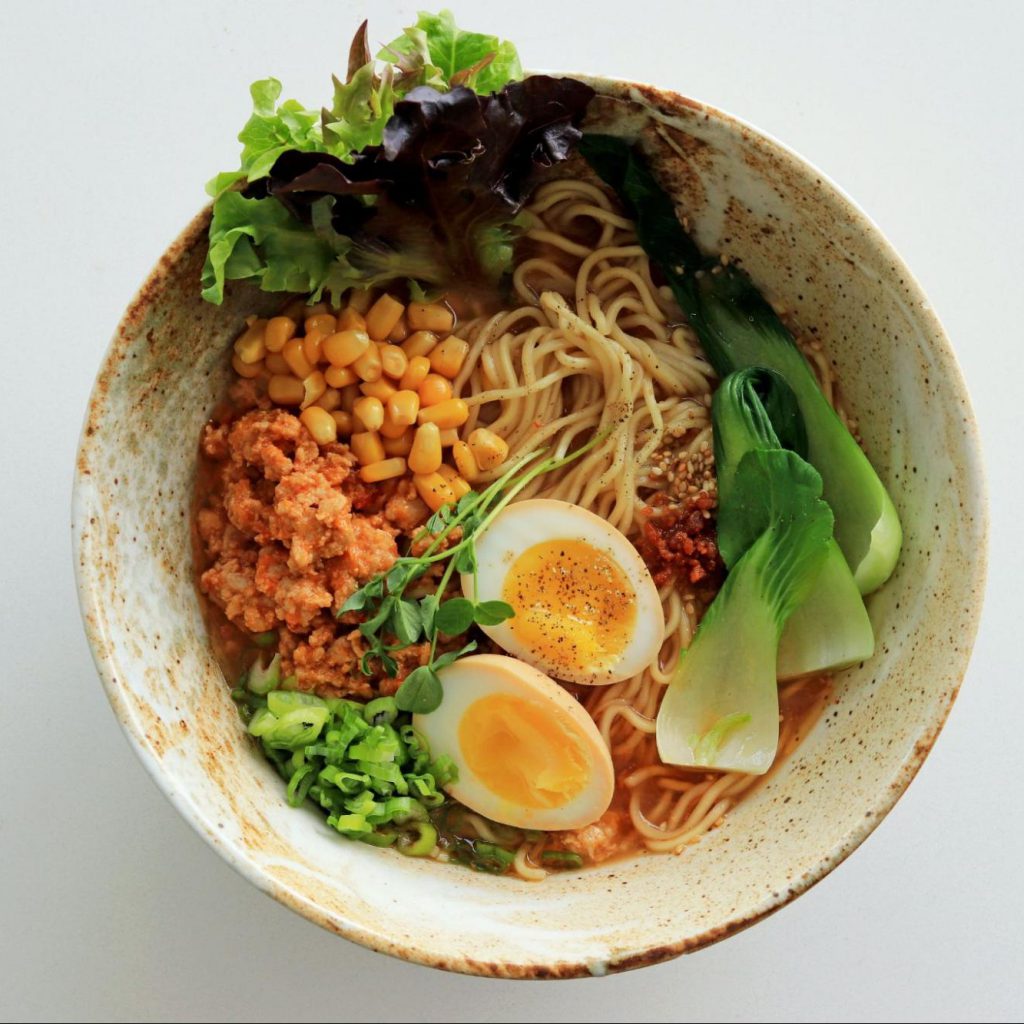
If you’re a fan of Japanese cuisine, you’ve likely indulged in some delicious ramen and gyoza before. These dishes are staples of Chuka ryori, a repertoire of Japanese dishes with Chinese origins. While these dishes may have started out as Chinese classics, they’ve been uniquely adapted to fit the Japanese palate, making them staples in the country’s cuisine.
However, if you’re a vegetarian or vegan, finding ramen and gyoza that fit your dietary restrictions can be a challenge, as many traditional recipes include meat or other non-vegetarian ingredients. And every vegetarian approves that the best way to guarantee a great, worry-free meal is to prepare it yourself.
In this vegetarian ramen and gyoza cooking class, you can learn how to make these tasty dishes without compromising your dietary choices. You’ll explore the world of Chuka ryori and will be able to create your own delicious, cruelty-free ramen and gyoza back at home.
Vegan/Halal Ramen and Gyoza Making in Kyoto

One of the challenges of finding vegetarian food in Japan is the ubiquitous use of dashi, a soup stock made from bonito flakes traditionally used in many Japanese dishes. In this cooking class in Kyoto, they understand the importance of catering to a diverse range of dietary needs, including vegan, vegetarian, and halal options.
This 300-year-old Samurai Residence provides a unique and historic setting for a cooking class, allowing you to experience traditional Japanese culture in a hands-on way. The class is open to all ages, making it a great opportunity for families or solo travelers looking to learn new skills and enjoy some tasty food.
Traditional Japanese Miso Making and Vegan Dinner with Miso Souvenir

By cozymax
Miso, a staple ingredient in Japanese cuisine, has a rich history dating back to the 7th century when it was likely introduced to Japan from China. It is a thick paste made by mixing soybeans, koji, and salt.
The complexity of its flavor profile is a result of several factors, including the type of koji, the amount of salt, and the duration of fermentation. This fermentation process creates a unique combination of savory, sweet, umami, earthy, and intense flavors that make miso a versatile ingredient.
While soybeans are the key ingredient in traditional Japanese miso, they can also be made of other ingredients like rice or barley — so you don’t need to feel left out if you have a soy allergy.
Unsurprisingly, many Japanese recipes include this flavor bomb in one way or another. Apart from being used to make miso soup, the paste is also used as a seasoning or made into a sauce to complement grilled fish or vegetables.
If you are a miso lover or looking to explore new ingredients and flavors, attending a miso-making class is an excellent opportunity. You will have the chance to learn about the ingredients, the fermentation process, and the different types of miso. You will also have the opportunity to taste different varieties and learn how to make your own miso paste from scratch.
Sayanora!
Japan is a country with a rich and diverse culinary tradition, and vegetarian food is no exception. From miso-making classes to ramen and gyoza workshops, there are a variety of vegetarian cooking classes in Japan that offer an unforgettable culinary experience.
These classes not only provide an opportunity to learn about the traditional ingredients and techniques of Japanese cuisine, but they also offer a chance to connect with the culture and people in a meaningful way.
Whether you’re an experienced cook or a beginner, there’s a class out there for everyone where you’ll not only learn how to make delicious and healthy vegetarian dishes but you’ll also get to experience firsthand the warmth and hospitality of the Japanese people.
It’s sure to be an experience that will leave you with a newfound appreciation for vegetarian food and a deeper understanding of Japanese culture at the same time. And if you’re traveling through Japan, make sure to check out other food experiences in Japan.



